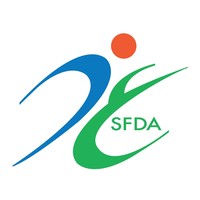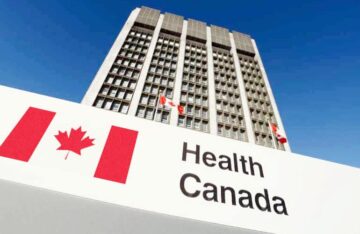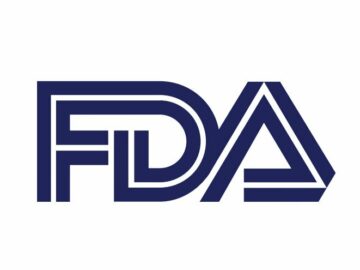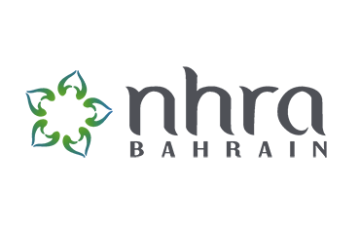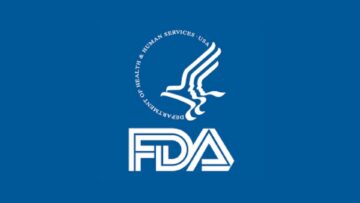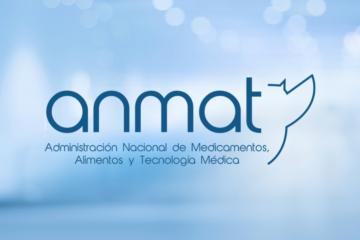The new article addresses specific aspects related to GCP inspections, including, among other things, the ones associated with reporting, the checklist to be followed, and necessary documentation.

Table of content
The Drug Regulatory Authority of Pakistan (DRAP), the country’s regulating agency in healthcare products, has published a guidance document dedicated to conducting and reporting good clinical practice inspections.
The document provides an overview of the applicable regulatory requirements, as well as additional clarifications and recommendations to be taken into consideration by medical device manufacturers and other parties involved to ensure compliance to them.
The authority also reserves the right to change the guidelines and recommendations provided, should such changes be reasonably necessary to reflect corresponding amendments to the underlying legislation
Introduction to GCP Inspection Reporting
The process begins with a detailed inspection by designated inspectors who, following guidelines, compile a report within five days post-inspection. This report is crucial for ensuring the integrity of clinical trials, focusing on the trial data’s accuracy and the safety and rights of participants.
It emphasizes the necessity for timely communication, especially in the event of critical findings that may impact participant well-being.

Classifying Inspection Findings
According to the guidelines, a pivotal aspect of the report involves categorizing findings into critical, significant, and minor issues, each with defined implications for the trial’s conduct and outcomes.
This classification system prioritises issues based on their potential impact on participant safety and data integrity, highlighting the need for swift and appropriate corrective actions.
Corrective and Preventive Actions (CAPA)
Upon receiving the inspection report, the Pharmacy Services Division assesses it to issue observations and request a CAPA plan from the responsible parties.
This section underscores the collaborative effort between inspectors, trial sponsors, and principal investigators to address and rectify identified issues, ensuring adherence to GCP standards and regulatory requirements.
Closure and Final Report
The process is completed with a review of CAPA responses, possibly followed by additional inspections to verify the effectiveness of implemented actions.
This stage emphasizes the iterative nature of quality assurance in clinical trials, aiming for continuous improvement and compliance with ethical and operational standards.
Decision and Notification
Final decisions on the inspection findings are discussed within the CSC, allowing inspectors to seek clarification or appeal decisions.
This section reflects the structured, transparent decision-making process inherent in GCP inspections, ensuring fairness and accountability.
GCP Inspection Checklist Overview
The document also provides a checklist to be followed by the parties involved to ensure the assessment conducted is complete and addresses all the necessary elements.
The checklist is a comprehensive tool for evaluating various aspects of a clinical trial, from participant safety measures to data integrity and protocol adherence.
It covers facility inspection, including the adequacy of consultation and procedure areas, equipment calibration, and emergency preparedness.
Documentation and Informed Consent
As explained by the authority, a thorough examination of essential documents and informed consent processes is vitally crucial for validating the trial’s conduct and ethical considerations.
This includes ensuring the availability and correctness of trial protocols, investigator brochures, and consent forms and verifying the proper storage and handling of investigational products.
Conclusion
The DRAP develops the present guidelines to assist the stakeholders involved in operations with healthcare products, including medical devices, with navigating the applicable legal framework and regulatory requirements.
The document highlights the key points concerning the processes and procedures to be followed when initiating and conducting a GCP audit. Also, it provides an in-depth overview of the supporting documentation to be collected and retained to ensure completeness of the records as set forth by the respective requirements on record-keeping.
The scope of the guidance covers, among other things, the matters related to corrective and preventive actions to be taken by the responsible parties to ensure continued safety and proper performance of medical devices allowed to be marketed and used in Pakistan.
How Can RegDesk Help?
RegDesk is a holistic Regulatory Information Management System that provides medical device and pharma companies with regulatory intelligence for over 120 markets worldwide. It can help you prepare and publish global applications, manage standards, run change assessments, and obtain real-time alerts on regulatory changes through a centralized platform. Our clients also have access to our network of over 4000 compliance experts worldwide to obtain verification on critical questions. Global expansion has never been this simple.
Want to know more about our solutions? Speak to a RegDesk Expert today!
–>
- SEO Powered Content & PR Distribution. Get Amplified Today.
- PlatoData.Network Vertical Generative Ai. Empower Yourself. Access Here.
- PlatoAiStream. Web3 Intelligence. Knowledge Amplified. Access Here.
- PlatoESG. Carbon, CleanTech, Energy, Environment, Solar, Waste Management. Access Here.
- PlatoHealth. Biotech and Clinical Trials Intelligence. Access Here.
- Source: https://www.regdesk.co/drap-guidelines-on-good-clinical-practice-inspections-reporting-and-checklist/
- :has
- :is
- 120
- a
- About
- access
- accountability
- accuracy
- actions
- Additional
- address
- addresses
- adequacy
- adherence
- agency
- Aiming
- Alerts
- All
- allowed
- Allowing
- also
- amendments
- among
- an
- and
- appeal
- applicable
- applications
- appropriate
- approval
- ARE
- areas
- article
- AS
- aspect
- aspects
- assesses
- Assessing
- assessment
- assessments
- assist
- associated
- assurance
- audit
- authority
- availability
- based
- BE
- been
- begins
- between
- by
- CAN
- categorizing
- centralized
- change
- Changes
- classification
- classification system
- clients
- Clinical
- clinical trials
- collaborative
- collected
- Communication
- Companies
- complete
- Completed
- completeness
- compliance
- comprehensive
- computational
- concerning
- conclusion
- Conduct
- conducted
- conducting
- consent
- consideration
- considerations
- consultation
- continued
- continuous
- correctness
- Corresponding
- country’s
- covers
- Credibility
- critical
- crucial
- data
- Days
- Decision Making
- decisions
- dedicated
- defined
- designated
- detailed
- develops
- device
- Devices
- discussed
- Division
- document
- documentation
- documents
- each
- effectiveness
- effort
- elements
- emergency
- emphasizes
- ensure
- ensuring
- equipment
- especially
- essential
- ethical
- evaluating
- Event
- examination
- expansion
- expert
- experts
- explained
- Facility
- fairness
- fda
- final
- findings
- five
- focusing
- followed
- following
- For
- forms
- forth
- Framework
- from
- GCP
- Global
- global expansion
- good
- guidance
- guidelines
- Handling
- Have
- healthcare
- help
- highlighting
- highlights
- holistic
- HTTPS
- identified
- Impact
- implemented
- implications
- import
- improvement
- in
- in-depth
- includes
- Including
- information
- informed
- inherent
- initiating
- integrity
- Intelligence
- into
- investigational
- Investigators
- involved
- involves
- issue
- issues
- IT
- jpeg
- jpg
- Key
- Know
- Legal
- legal framework
- manage
- management
- management system
- Manufacturers
- marketed
- Markets
- Matters
- max-width
- May..
- measures
- medical
- medical device
- medical devices
- minor
- more
- Nature
- navigating
- necessary
- necessity
- Need
- network
- never
- New
- observations
- obtain
- of
- on
- ones
- operational
- Operations
- or
- Other
- our
- outcomes
- over
- overview
- Pakistan
- participant
- participants
- parties
- performance
- Pharma
- pharmacy
- pivotal
- plan
- platform
- plato
- Plato Data Intelligence
- PlatoData
- points
- possibly
- potential
- practice
- Prepare
- present
- Principal
- procedure
- procedures
- process
- processes
- Products
- proper
- protocol
- protocols
- provided
- provides
- publish
- published
- quality
- Questions
- real-time
- receiving
- recommendations
- record-keeping
- records
- reflect
- reflects
- regulating
- regulatory
- related
- report
- Reporting
- request
- Requirements
- reserves
- respective
- responses
- responsible
- review
- right
- rights
- Run
- Safety
- scope
- Section
- Seek
- Services
- set
- should
- significant
- Simple
- Solutions
- Source
- speak
- specific
- Sponsored
- Sponsors
- Stage
- stakeholders
- standards
- storage
- structured
- such
- Supporting
- SWIFT
- system
- taken
- that
- The
- their
- Them
- things
- this
- thorough
- Through
- timelines
- timely
- to
- tool
- transparent
- trial
- trials
- ugc
- underlying
- underscores
- used
- validating
- various
- Verification
- verify
- verifying
- want
- WELL
- when
- WHO
- with
- within
- worldwide
- you
- zephyrnet

